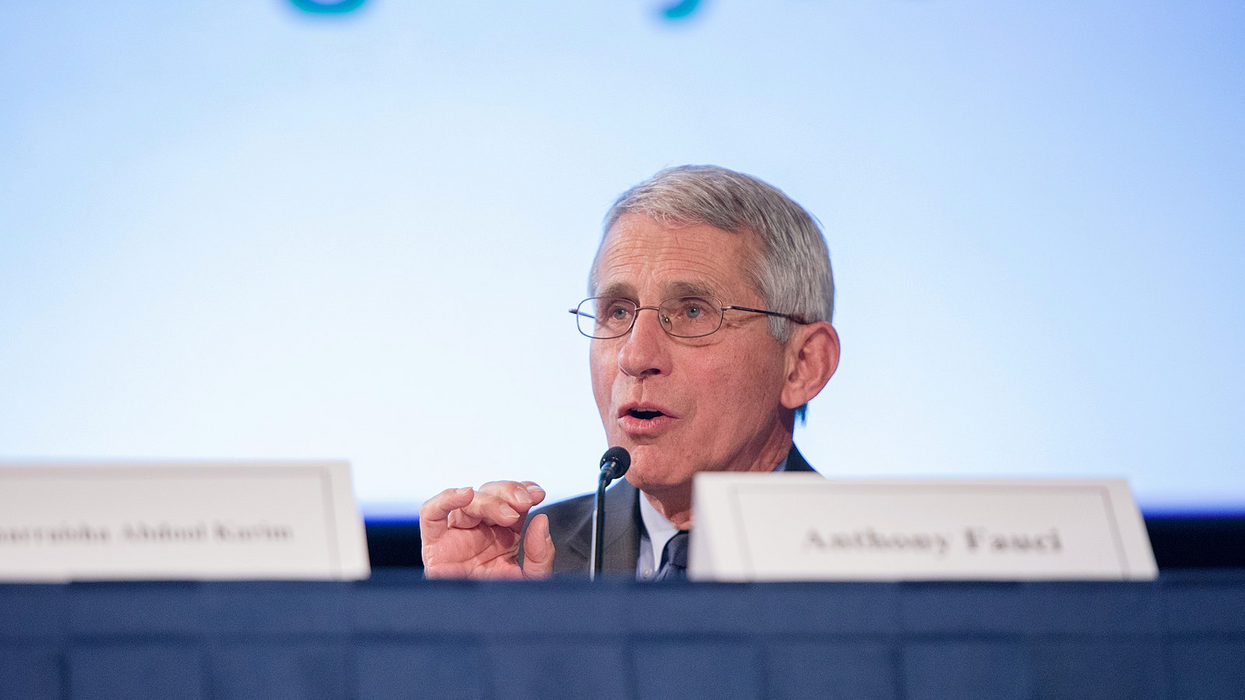A determined young woman is graduating this month from Howard University with dreams of attending law school. Her LinkedIn page attests to a life of both making and seizing opportunities, from serving as a House of Representatives page while in high school, to working at a fashion firm, a law office and the White House.
All of this would have seemed farfetched 10 years ago when 12-year-old Talitha Halley of New Orleans saw Hurricane Katrina wipe out her home and community, spent an awful week in the Superdome, and ended up on a bus to Houston with her mother and older sister.
The high school in their new Houston neighborhood, Sharpstown, was 96 percent minority. More than 8 in 10 students were eligible for a free or reduced-price lunch. It had a gang problem and a dropout problem. Only about a third of freshmen were making it to their senior years — putting Sharpstown in the top ranks of 1,700 “dropout factories” that Johns Hopkins researchers identified in 2007 for a national Associated Press study. Sharpstown went on to star in the 2012 film Dropout Nation on PBS’ Frontline.
But Halley had a loving, encouraging mother and Sharpstown had Communities in Schools, a dropout prevention group that puts people inside schools to link students with whatever they need — “whether it’s food, school supplies, health care, counseling, academic assistance, or a positive role model.” Halley joined a support group it sponsored for teenage Katrina refugees, applied to be a House page, visited Howard and vowed to go there, and inspired many friends and mentors and to help her achieve her dreams. As the first in her family to earn a college degree, The Washington Post reported that she is graduating with only $15,000 in debt on a $200,000 education.
Freddie Gray lived in a Baltimore neighborhood plagued by similar problems, but his trajectory was very different. He fell four grades behind in reading. He dropped out of high school. He was arrested many times, mostly on drug-related charges. And then he died after sustaining a fatal injury while in police custody.
Why wasn’t Gray more like Halley? It’s a haunting question. The easy answer is just that he wasn’t motivated enough, just didn’t try hard enough. Look further, though, and Gray was up against a deck so stacked that it likely would have crushed anyone, even Halley. His mother was an illiterate heroin addict, and he spent his early childhood in houses with peeling lead paint. His lead levels were so alarming as an infant and toddler that his family sued one of its landlords. He and his two sisters began getting monthly “lead checks” as part of a settlement in 2010.
The National Institutes of Health lists a devastating array of symptoms and long-term complications from lead poisoning. They include aggressive behavior, irritability, low appetite and energy, behavior or attention problems, failure at school, reduced IQ and — in young children — loss of previous developmental skills. “The younger the child, the more harmful lead can be,” NIH warns.
Did Gray’s lead settlement make him dependent and rob him of his will to get ahead? Or was he permanently damaged long before that in ways that make it very difficult to succeed? Where was the government when the Gray family’s landlords were letting paint poison their tenants? Where were the home visits that might have picked up on the situation, the services that might have prevented such costly harm to children and to society?
There are many people talking these days about fixing poverty, income inequality, mass incarceration, unjust sentencing, and police practices that lead to tragedy. President Obama said recently that his mission in office and “for the rest of my life” will be to make sure minority youths have the chance to achieve their dreams. Republican presidential candidates are also in the mix; almost all hewing to the line that government “help” hurts the poor.
The GOP argument ignores history. Government policies, from slavery to Jim Crow, from poll taxes to the mortgage redlining, that kept black people out of good neighborhoods with good schools pretty much put us where we are today. It’s appropriate that the government do all it can to make things right, for as long as it takes.
Furthermore, and this goes for politicians across the board, it’s fine and necessary to help teenagers, prisoners, preschoolers, the working poor, anyone who needs it — but our energy and resources really ought to be concentrated far more than they are on poor children from birth to age 3. They are at increased risk of irreparable damage to their brains, bodies, mental health, and overall potential. Ensuring a good start for the very young should be a priority as high as jobs and education for both parties. As Abigail Adams would say, remember the babies. And remember Freddie Gray.
Follow Jill Lawrence on Twitter @JillDLawrence. To find out more about Jill Lawrence and read features by other Creators Syndicate writers and cartoonists, visit the Creators Syndicate website at www.creators.com.
Photo: Dren Pozhegu via Flickr




